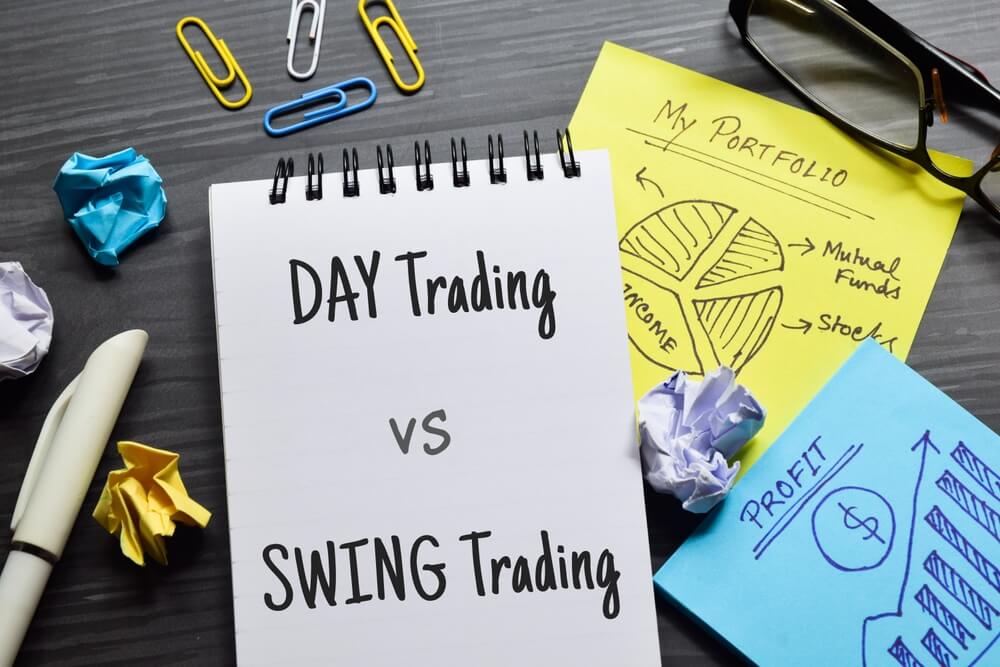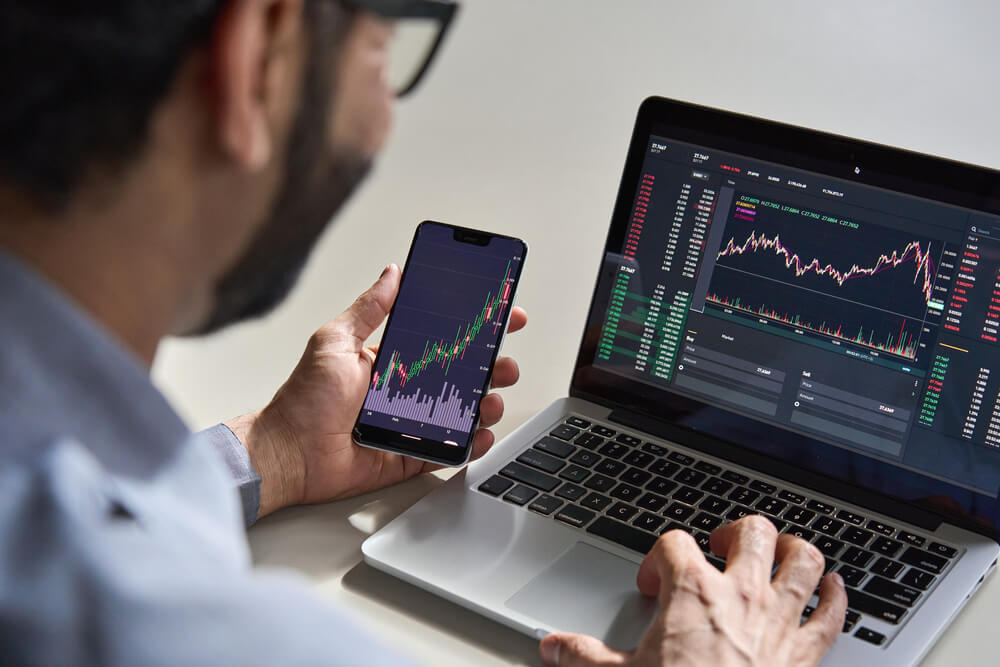Timing is one of the most crucial aspects of trading, along with strategies, money, risk management, and the ability to be emotionally stable when analyzing market prices and conducting trades. Before entering market research, traders should consider their investment horizon.
Some want to generate smaller profits more frequently, while others expect more significant amounts by placing fewer trades throughout the week. This article navigates through the main methods available in trading. By reading it, traders can better understand different trading styles and make the right choice.
Day Trading
As the name suggests, a day trader engages in trading activities within a single day. These traders focus on closing all positions by the end of the trading session, avoiding the risks associated with overnight holdings. Their strategy is characterized by high-frequency trading, often involving substantial trade volumes.
On average, a day trader seeks to execute multiple trades, aiming for rapid turnover. This can range from 1-2 to 100 times the standard transaction size, targeting profits from small price movements. To achieve this, day traders commonly utilize short-term charts, analyzing one-, five-, or 15-minute time frames.
Their approach depends on technical analysis and trading patterns, focusing on volatile currency pairs to maximize profit potential. While having a general understanding of long-term fundamentals can be beneficial, day traders primarily concentrate on short-term market opportunities.

Scalping as a Part of Intraday Trading
Scalpers typically hold their positions for a few minutes, sometimes even seconds, seeking to exploit minute fluctuations in currency pairs. This method demands a keen eye for detail, quick decision-making, and a deep understanding of market dynamics. This one of the most popular day trading styles primarily aims to accumulate small but consistent gains that can add up to significant profits over time. Scalping requires traders to be highly focused and disciplined, as the fast-paced nature of the strategy leaves little room for error.
To succeed in scalping, traders should use technical analysis, utilizing various indicators and chart patterns to pinpoint entry and exit points. Tools such as moving averages, Bollinger Bands, and the Relative Strength Index (RSI) are commonly used to identify trends and potential reversals.
Scalpers also pay close attention to market liquidity and volatility, as these factors can significantly impact their ability to execute trades quickly and at favorable prices. Maintaining low transaction costs is also crucial, as frequent trading can lead to substantial fees that eat into profits. While scalping can be highly rewarding for those who master it, the strategy is demanding and requires high skill, concentration, and the ability to manage stress effectively.

Swing Trading
Taking advantage of a longer time frame, the swing trader often holds positions for several hours, days, or even longer to capitalize on market fluctuations. Unlike day traders, who close out positions by the end of the trading day, swing traders aim to benefit from shifts in market direction.
Such trading styles and strategies are based on predicting and responding to trends, allowing swing traders to capture more significant price movements than those typically targeted by day traders. Consequently, swing traders must be good at finding potential market turning points where a trend reversal or continuation might occur.
Timing plays a crucial role in a swing trader’s strategy. They rely on technical and fundamental analysis to determine the optimal moments to enter and exit trades. While day traders may focus on short-term patterns and immediate market reactions, swing traders look for broader trends and patterns indicating a significant market sentiment shift.
This often requires a deeper understanding of market dynamics and a willingness to hold positions through minor price fluctuations in anticipation of a larger movement. Accurately predicting these market turns can significantly enhance a swing trader’s profitability, making their approach distinct from the rapid, high-frequency trading style of day traders.

Position Trading
Position traders operate within the longest time frame of the three primary trading styles, focusing on an entirely different perspective of the market. Unlike day traders and swing traders, concerned with short-term and mid-term price movements and quick profits, position traders develop strategies that span days, weeks, months, or even years.
This long-term approach allows them to capture significant market trends and capitalize on extended price movements. By adopting a broader view, position traders can avoid the noise and volatility of shorter time frames, concentrating instead on more substantial and enduring trends that reflect deeper economic and market forces.
Given their extended horizon in such long-term types of Forex trading styles, position traders rely heavily on fundamental analysis, often placing less emphasis on short-term technical patterns. They delve into economic models, scrutinizing governmental policies, interest rate trends, and other macroeconomic factors to inform their trading decisions.
These traders are essentially FX portfolio managers, crafting strategies based on a comprehensive understanding of economic conditions and geopolitical developments. Their analysis often includes studying central bank policies, inflation rates, GDP growth, and other critical economic indicators that can influence currency values over the long term.
The diverse considerations in position trading frequently involve major currencies that are highly liquid, such as those from the G7 nations, as well as popular emerging market currencies. Position traders can execute their strategies with greater ease and less risk of significant slippage by focusing on these liquid currencies.

The approach demands patience and a thorough grasp of global economic dynamics. Still, for those who can master it, position trading offers the potential for substantial rewards by aligning with broad market trends and enduring economic shifts. This strategy requires significant research and foresight, but it can lead to impressive returns for traders with the discipline to maintain their positions over extended periods.
In the diverse world of Forex trading, understanding and choosing the right trading style is crucial for success. Day trading caters to those who thrive on quick decisions and high-frequency trades, capturing small price movements within a single trading day. Swing trading, on the other hand, appeals to those who seek to profit from market swings over several days or weeks, balancing the immediacy of day trading with the patience required for longer-term strategies. With its long-term focus, position trading is suited for traders who prefer a deep dive into fundamental analysis and are willing to hold positions for extended periods to capitalize on major market trends.
FAQ
How Many Trading Styles Are There?
Traders utilize three main types of trading styles to capitalize on price fluctuations. They include day, swing, and position trading.
Which Trading Style is Better?
It depends on a particular trader and their psychological characteristics. Some are better at trading in a fast-paced environment, while others perform better when trading in calmer conditions.





